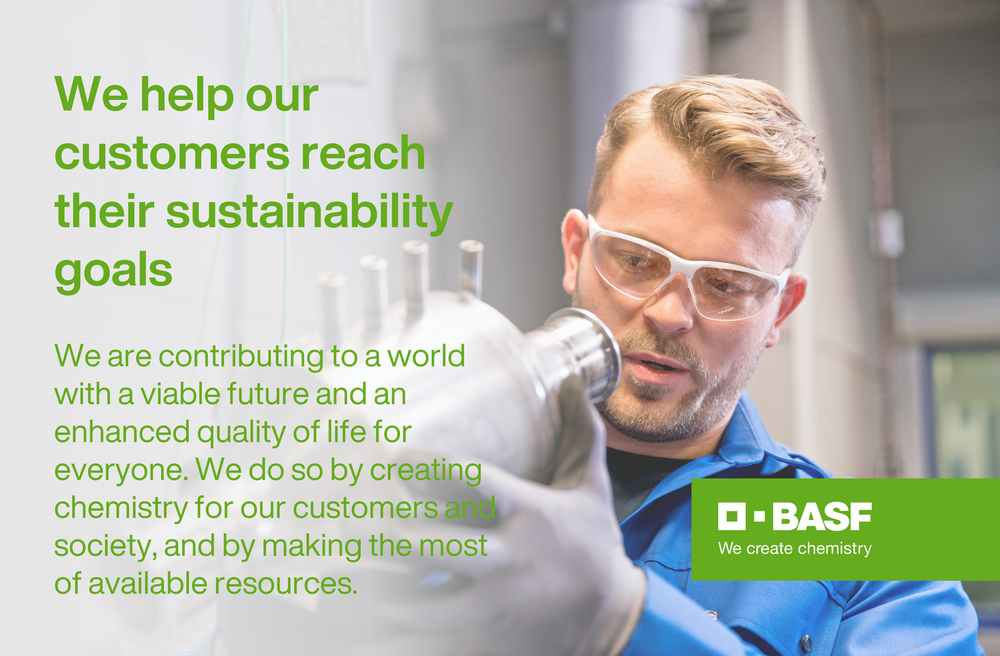11 January 2022

FREYR Battery and Aleees establish JV for LFP cathode production in the Nordic region
FREYR Battery, a Norwegian developer of battery cell production, and Aleees, a Chinese producer of lithium iron phosphate (LFP) cathode materials for batteries, have signed an agreement to form a JV with an ambition to establish a production facility for LFP cathodes in the Nordic region. The JV partners aim to start production in 2024, at the same time as the planned start-up phase for FREYR's first gigafactory in Mo i Rana.
The planned plant will be the world's first gigascale LFP cathode plant outside mainland China. The JV partners plan to develop an initial capacity of 10,000 tonnes of LFP cathode material per year in the Nordic region by 2024, sufficient to supply FREYR's first factory. The ambition is further to utilize Aleees' modular design for LFP facilities to rapidly expand capacity to at least 30,000 tonnes by 2025.
Aleees and FREYR will collaborate to develop a local supply chain that includes Nordic iron and phosphate products. FREYR also seeks to bring lithium refining capacity to Norway to ensure a steady supply of quality raw materials.
Beowulf signs MoU for locating anode materials production in the GigaVaasa Area
Beowulf Mining, a Nordic mineral exploration and development company, announced that its wholly-owned Finnish subsidiary, Grafintec Oy, and India’s Epsilon Advanced Materials have signed a MoU with the City of Vaasa for the establishment of an anode materials production facility to be located in the GigaVaasa area.
The MoU follows an announcement on 6 December 2021, of the signing of a JV Heads of Terms by Grafintec and Epsilon Advanced Materials and their intention to build a production facility in two phases, Phase 1, with a production capacity of 10,000 tonnes per annum and Phase 2 which will add 40,000 tonnes, taking overall plant capacity to 50,000 tonnes of anode material. The proposed plant will supply battery/cell manufacturing companies in Europe, complementing Epsilon Advanced Materials' growing anode materials business in India.
The MoU gives the JV partners 6 months exclusivity to Plot 18, with an option to extend by a further 6 months, to conduct technical and environmental studies and initiate permitting discussions with Finnish authorities.
Finland partners with Washington State in research partnership
Finland’s Ministry of Foreign Affairs (MFA) has announced that it is developing a partnership with Washington in a number of research areas. The MFA notes that Washington is the fourth fastest growing state and the leading research centre, after California. Finland's goal with the state of Washington is to promote, in cooperation with 5G technologies and end-user applications, the green transition of logistics and transport services (including digitalisation and automation), strong efficiency in port logistics, circular economy solutions for battery technologies and sustainable forest industry and forestry. Wood construction, new bio-based products and renewable fuels are also in focus.
Arla doubles CO2e target for operations to meet 1.5°C target
With plans to convert to fossil free trucks, green electricity and low-energy solutions, farmer-owned dairy group, Arla Foods is scaling up its climate target for operations from 30 to 63%. The new target has been approved by the Science Based Targets initiative as consistent with reductions required to keep global warming to 1.5°C.
Arla will be investing heavily in sustainability actions across its value chain as part of its new corporate strategy Future26. As already communicated, Arla is prepared to increase its total investments by 40% to €4+ billion and sustainability is a key investment area. On top of the company’s investments, Arla’s farmer owners will need to make significant investments individually to reduce the greenhouse gas emissions at farm level.
Neoen partners with AFRY on three new wind farms in Finland
Neoen has chosen AFRY, a Nordic engineering firm, as a partner to provide analyses and wind measurements for Neoen’s three upcoming wind power projects in Finland. The three wind farms in Itämäki, Marjakeidas and Paholammi are in the development phase and will have a total nominal capacity of approximately 365 MW.
Chalmer’s spinout Smena Catalysis announces new electrolysis catalyst
Based on research at Chalmers University of Technology, Smena Catalysis' solution has the potential to solve sustainability challenges in several industries, particularly hydrogen production. Today, platinum is used as a catalyst for hydrogen production, and there is not enough platinum to be able to scale up hydrogen production globally. Smena's solution uses a cheaper material to replace the platinum.
Smena's technology is based on research on how light interacts with different materials. The new material modifies a natural mineral being by creating small holes, creating unique properties for interacting with hydrogen and water.
What we’re reading
- In 2022, nuclear power’s future looks grimmer than ever (RenewEconomy)
- German economy minister aims to speed up climate action with emergency measures – media (Clean Energy Wire)
- “Greenflation” for energy transition resources could derail Germany’s climate plans (Clean Energy Wire)
- EU delays deadline on green investment rules for nuclear and gas (Reuters)
- Small businesses struggle to survive soaring UK energy prices (Financial Times)
About Nordic Green News
The Nordic countries are some of the most dynamic and successful economies in the world. They are also leaders in sustainability, from renewable energy, biofuels, carbon capture and storage and the hydrogen economy, circular economy business models and battery development, the Nordics are pioneers in policy design, technology development and consumer uptake. Mundus Nordic Green News is covering this transition for the international community. Every day we clip the stories of most relevance to international businesspeople and policy experts from the flow of news. Mundus Nordic Green Indices summarise the meta-data from our daily coverage to enable easy tracking of trends. We supplement these with our own opinion pieces and commentary.
